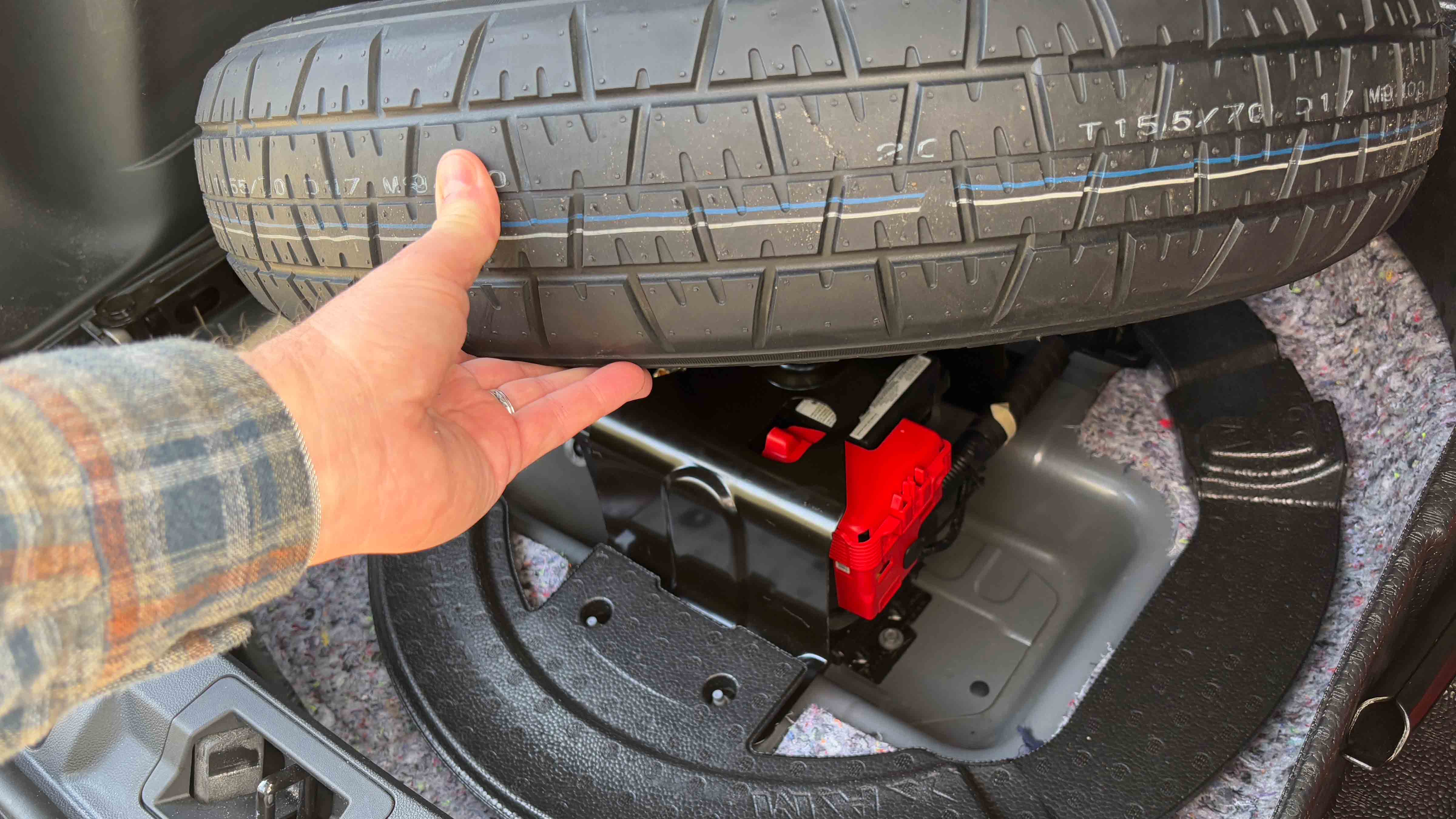Recently, my wife's car battery died. Thankfully, it had the decency to die on a weekend in the driveway. That saved a lot of aggravation, but it turned out this project had plenty of other pain points.
[Editorial: Expectations, Experiences, and the DMV]
My father taught auto mechanics. Don't get excited; you don't want me to check your engine. You see, I was the youngest child, so by the time I was old enough to start learning about cars, my father was pretty much done with the teaching portion of the home auto repair program.
As such, my job was to hold the light. I'm very good at holding the light—we're talking spotlight operator good. My automobile skill set drops precipitously after that. But while I didn't get the full engine repair curriculum, my father did teach me a thing or two, including how to change the battery.
Honestly, changing a car battery is easy. That is, it should be easy.
The first wrinkle: My wife's car is a hybrid, so the battery is in the trunk. Not a problem, I'm adaptable. But here's a fun fact: My wife's SUV does not have a manual emergency release pull inside the trunk area. I learned that the hard way. There's also no key entry from the rear of the vehicle, so you need power to open the hatch.

So, before I could change the battery, I had to reach into my limited bag of automotive tricks and jump the existing battery. With power flowing through the car, I was able to press a button and lift the hatch. Then, I went to work on the battery.
And I mean work. It's stored under the spare tire, so that had to be removed, along with a foam spacer ring. Once those were out of the way, I had to contend with the wheel securing bracket. This covers the battery, so it doesn't get damaged by the spare tire. I grabbed my dog bone wrench and went to work loosening four nuts to remove it.
Finally, I was at the battery proper. I loosened the actual battery bracket (the one that holds the battery in place), removed the cables from the terminals, removed the battery, positioned the new battery, connected the cables, and tightened the bracket. These are the "normal" steps in a battery replacement, and they were the quickest and easiest of this entire process. But instead of closing the hood and moving on with my day, I spent the next several minutes replacing the wheel securing bracket, spacer ring, and spare tire.
So, an uncomplicated job that should take maybe 10 minutes took significantly longer. It's not that the maintenance itself was difficult, but gaining access to the equipment necessary to complete the task was convoluted.
It's not that the maintenance itself was difficult, but gaining access to the equipment necessary to complete the task was convoluted.
How many times have you been asked to upgrade an existing install only to shake your head at the decisions made by the previous integrator? What were they thinking? Why did they put that there? How am I supposed to access what I need?
I understand that a simple solution isn't always on the table. Some installations are incredibly complex, others are made more difficult by layout limitations, and I don't even want to think about the logistical gymnastics associated with historic properties. Plus, technology changes—and that can make things easier or more complicated, depending on the design.
[Tech Perspectives: Videoconferencing Industry in Same Sandbox but with Different Toys]
Functionality is always the top priority, but maintenance needs to be a consideration as well. Routine maintenance should be just that: routine. Whether it's accessing an equipment rack or even something as simple as restarting a component, make sure your end users won't be jumping through hoops for tasks that need to be completed on a regular basis.

